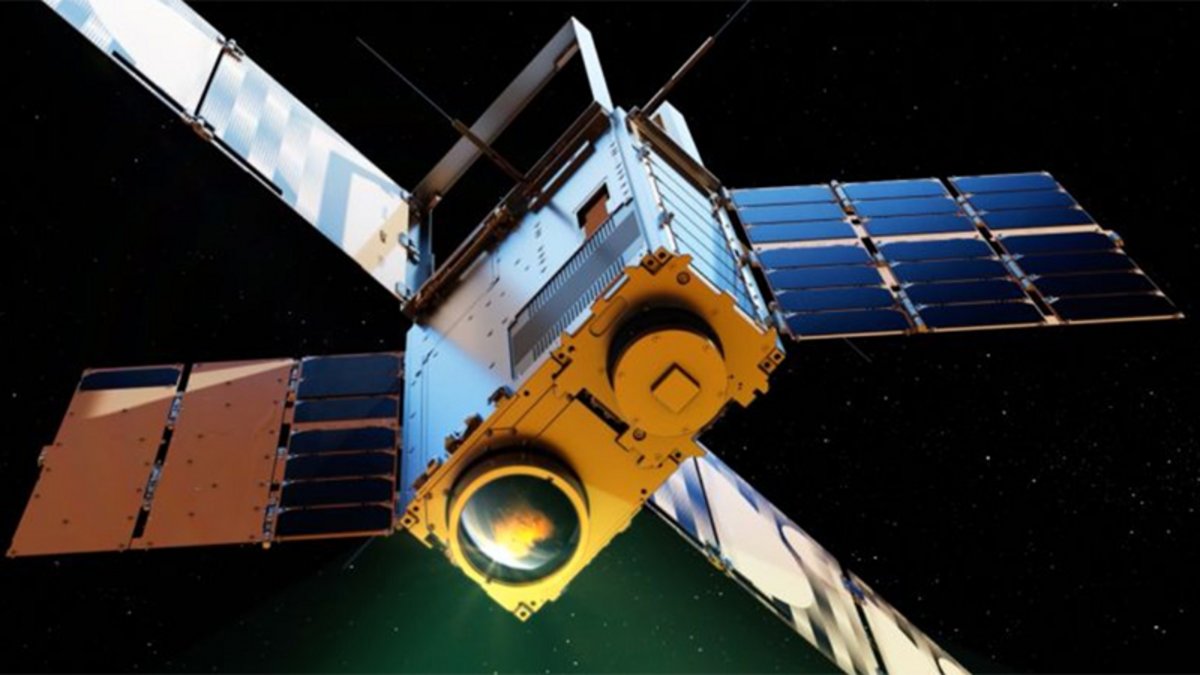SpaceX successfully launches Lille nanosatellite
Categories : Entreprise Valorisation de la recherche
paru le 04-07-2023 (15:01) - Updated on 10-29-2024 (15:57)

On 15 April at 8:48 am, the SpaceX Transporter-7 rocket launched into orbit a miniature cube-shaped satellite (‘cubesat’), designed by GRASP SAS, a company set up in France eight years ago to capitalise on research carried out by the Laboratory of Atmospheric Optics (LOA¹) − see box⬇️. This ‘nanosatellite’, GAPMAP-0, is in fact the demo piece and first example of a constellation of eleven nanosatellites that are to be launched by 2028. It is equipped with an innovative technology never before seen in a commercial piece of equipment, a ‘multi-angular polarimeter’.
In particular, the piece of equipment aims to address a global public health problem: poor air quality, which is responsible for hundreds of millions of years of healthy life lost worldwide, as highlighted by the World Health Organization (WHO) in itsGlobal Air Quality Guidelines2021. These guidelines call for immediate action to improve it and mitigate the effects of climate change. This is precisely what GAPMAP will be able to do, by predicting dangerous air pollution events and quantifying past exposure.
More generally, the information gathered by GAPMAP instruments will be used to monitor the dynamics of the Earth’s surface, clouds and atmospheric aerosols. Each GAPMAP will collect 100 times more data on each scene than the traditional tools already in space. When combined with other publicly available satellite observations, climate models and ground-based measurements, these data will provide an unprecedented level of information on changes in air pollution, land surface and ocean evolution, and climate. This information is invaluable for understanding and preparing for the future.